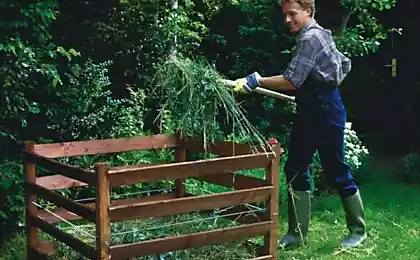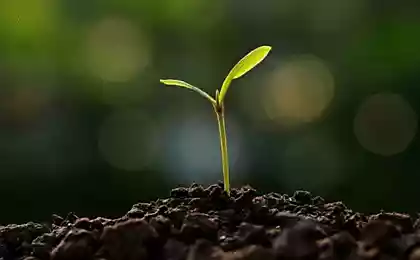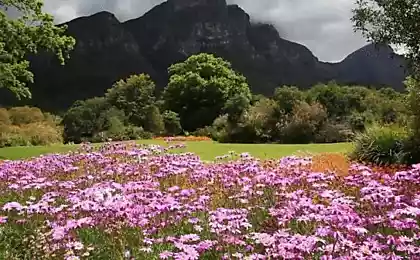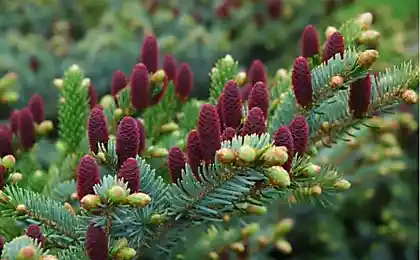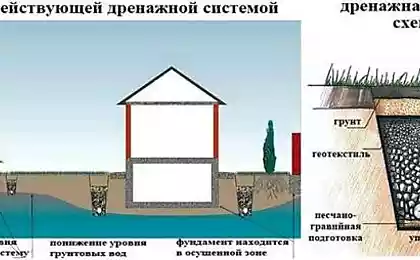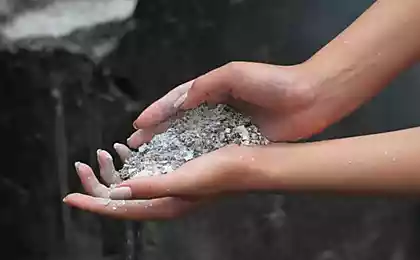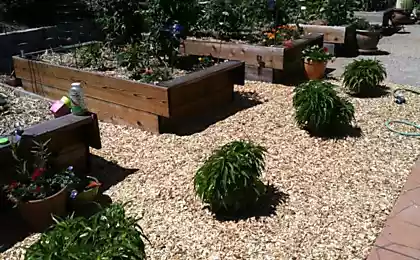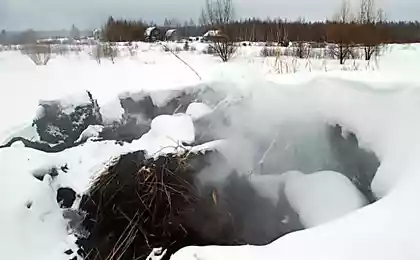650
How to use peat in horticulture? Types of soil
Green thumb professional will tell on peat soils, their types, brands and features. Why it is not necessary to take the land in the woods?
Features of the use of peat as fertilizers printing of the record on 23 August 2013, 18:16 Probably all know what peat is? Those who don't know, open the "terrible secret". Peat is humus (to a greater or lesser extent) compressed remains of plants and animals, composed of and minerals. In nature, peat is formed in swamps, humid conditions and poor access of air. Used as combustible material, as it contains up to 60% of carbon; as a fertilizer and as an insulation material in construction.
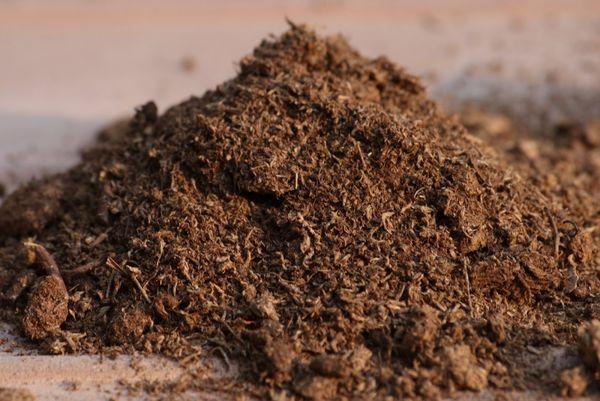
How is the peat? Plants and organisms living in the marshes, overgrown ponds, lakes with slow water, eventually die, forming a biomass that every year more and more superimposed on each other and, accordingly, are pressed. Thus, in conditions of high humidity and lack of air is formed peat. Depending on the degree of decomposition of peat is riding (almost decomposed), lowland (fully decomposed) and transition (intermediate state between upland and lowland). Peat as a fertilizer: "for" and "against"
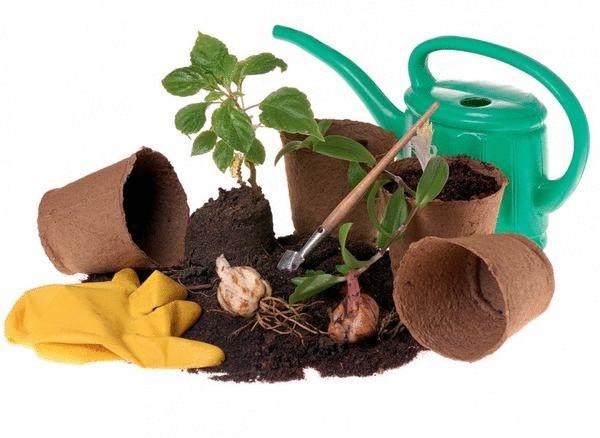
Yes, it's "clean" peat, that is, without any third-party additives, fertilizers for the garden? After all, some not very experienced gardeners buy peat in large quantities. Scatter it in the beds, pour a thick layer under trees and shrubs and in anticipation of record harvests gleefully rubbing their hands. Alas... in this way good yields not to... Although peat (lowland and transitional) consists of 40-60% of humus to fertilize the land only it is not highly recommended.
Why? Yes, because the peat is poor in nutrients. Yes, it is rich in nitrogen (up to 25 kg per ton), but the nitrogen of peat is very poorly absorbed by plants. From a ton of our green Pets gets only 1-1.5 kg of nitrogen, not to mention other vital for plants. So never fertilize their plots only one peat use and other types of organic and mineral fertilizers.
Peat, of course, useful for enriching the soil, because it contains up to 60% humus (humus). In addition, due to the fibrous porous structure, it substantially improves the physiological properties of soils of different composition. Soil well laced with peat, it becomes a water and air permeable, "breathes" freely and easily, and the root system of plants feel more than comfortable. I'm talking about lowland and intermediate peat, but the horse is not used as fertilizer, but mulch is the perfect material to shelter plants for the winter.
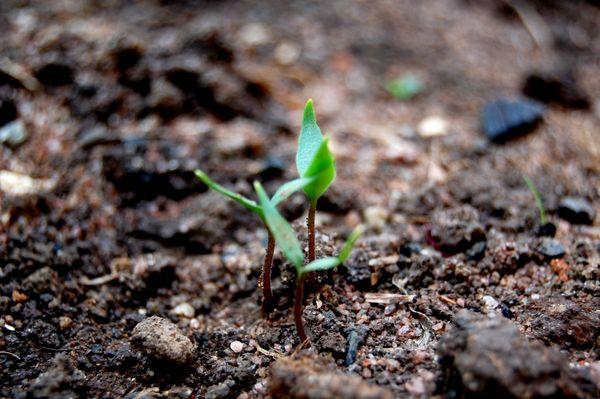
So whether you want a "clean" peat (that is without any additives) as fertilizer? And here much depends on the quality of the soil. If the soil is fertile, sandy loam or light loam, the introduction of peat as a fertilizer to almost nothing. Don't waste your effort and money)) But if the soil in your area is sandy or clay, exhausted and poor in organic matter, the incorporation of peat in conjunction with other fertilizers will significantly improve the yield and appearance of your ornamental Pets. The value of peat as fertilizer can be considered only in combination with other types of organic and mineral fertilizers, and composts. Especially useful for plants tomfooleries composts.
Consider the rules of the organization peat Peat compost compost includes organic matter: leaves, pulled weeds from the clods of earth, wood ash, sawdust, shavings, food waste and other natural ingredients. And arranged a compost heap is very simple. Somewhere on the sidelines, away from the places of recreation, organize an area of 2x2 m. the First layer put it on the turf with a height of about 30 cm from Top to sprinkle sawdust (10 cm), then put leaves, weeds, food waste mixed with garden earth. This layer make the height 20 cm.
If you have manure – great! Lay it on top of the above layers to a height of 20 cm Fit perfectly any manure: horse, mullein, bird droppings and so on. Now this whole multi-layered structure cover with another layer of peat (20-30 cm) and leave to humus for 12-18 months. A compost heap does not raise to a height of over 1.5 m and laterally cover with peat or vegetable earth, in order to provide the appropriate microclimate in the heap. Periodically moisten the compost pile with water with the addition of superphosphate (100 g per bucket). And if the manure you tight and you can't add it to the composition of the compost, then seek the opportunity to water the compost diluted slurry (5 kg of mullein in a bucket of water). Water or diluted solution of dry poultry manure (0.5 kg per bucket of water) or fresh manure (2 kg on a water bucket). 2-3 times over the summer penelopedevine a good compost pile, trying to keep the top layer from getting inside, and the bottom, respectively, to the outside.
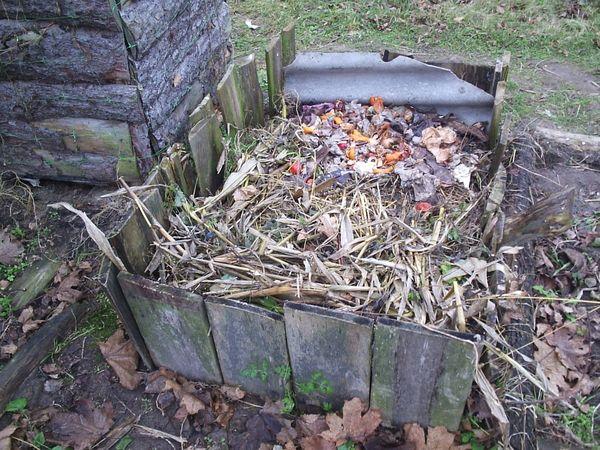
Very useful to shut down a bunch from the scorching sunlight special canopy. And in order for heavy rains the water did not flow down the edges of the pile, and soaked inside, lift the top of the heap 10-15 cm In the fall compost pile cover: fill it with dry leaves, peat, earth, fir branches or other mulching material. And when you pour the first snow, wrap up a pile of compost in a snow coat. Now we could talk about nutrition holiday plants, such as compost, is not inferior to its nutritional properties, manure, and if it has not been dried and frozen, then its value for plants is even better than the manure.
Fertilize the ground peat compost as well as manure: spread evenly in the planting area, the unloading under the spiked circles of trees and under shrubs. But here it should be noted that properly prepared peat compost is a more valuable fertilizer than manure and fertilizers of soil it requires much less. If 10 sq m soil making usually 60-70 kg of manure, peat compost you want to make only 10-20 kg on the same area. In addition, the more generous the compost gives nutrients to plants than manure, due to the porous fibrous structure of peat.
What quantities of peat applied to soil?
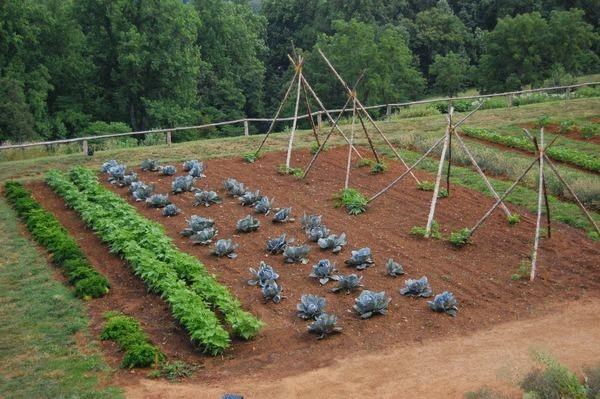
For a start it is worth noting that "preadamite" land of peat is impossible, and to make it as in the spring and autumn, scattering evenly on the land and homeland of bayonet spade. Some vacationers fall asleep their land with peat in winter, evenly distributing it on the snow. Well – and so can you)) is commonly practiced, the addition of peat into the soil at digging at the rate of 30-40 kg per 1 sq m, and later pour the peat under the unloading circles of trees, shrubs and space for planting to a height of 5-6 cm.
Particularly useful like the crust on those soils, where, after heavy rains on the surface a dense crust. In this case, the peat appearing in the role of disintegrating mulch material. He is quite friendly to any grounds and will not corrupt themselves no soil. But there is a small caveat: the peat is highly acidic (pH 2,5—3,0), so it should be neutralized with lime, dolomite flour or wood ashes at the rate of 5 kg of lime or dolomite per 100 kg of peat or 10-12 kg of wood ash per 100 kg of peat.
Source: www.7dach.ru
